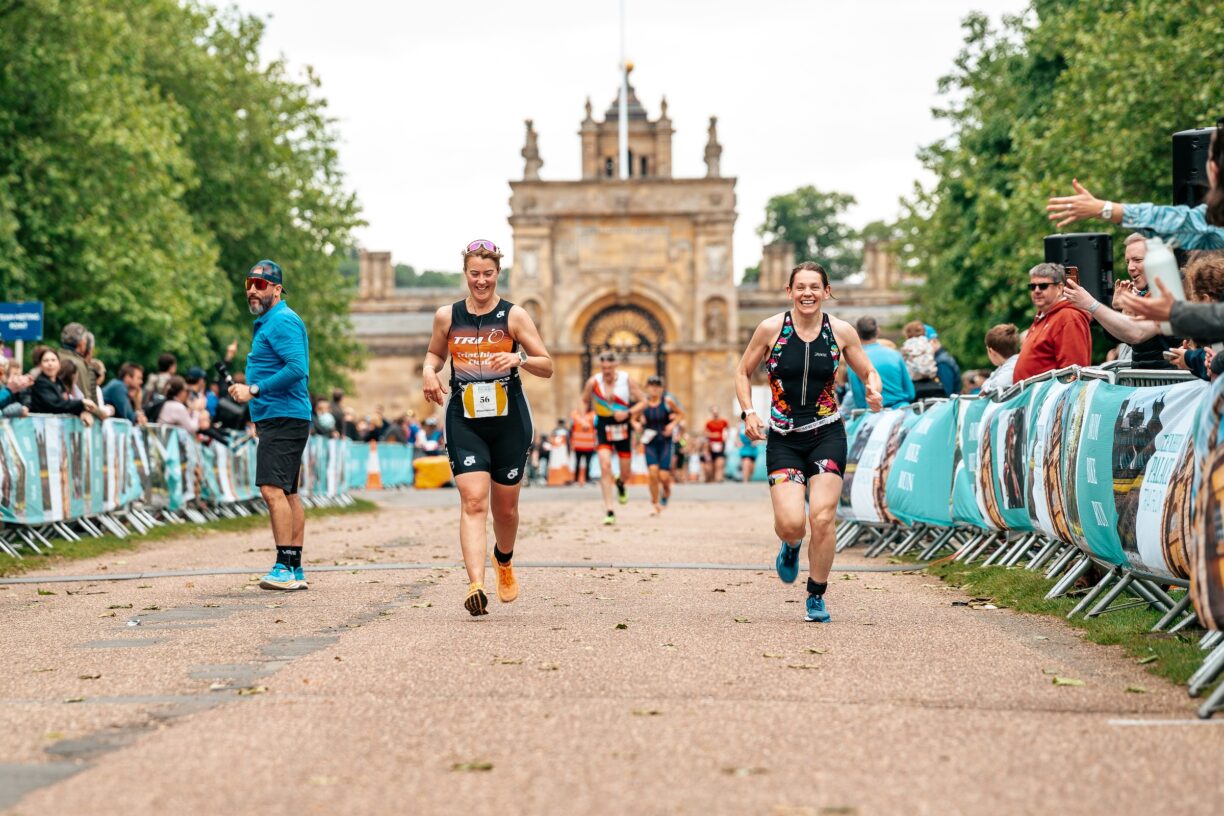Exercise pain can be a real thorn in the side for those trying to stay fit. A recent Typharm survey sheds light on this prickly subject, revealing that a whopping 76% of participants are deterred from exercising due to muscle or joint pain.
The study further highlights that 83% of Brits fear exacerbating old injuries or triggering new pains when considering fitness routines.
Noel Wicks, a pharmacist advising for Amgesic Pain Relief 1% Gel, chimes in on the issue. He points out that while the UK recommends adults engage in 150 minutes of moderate exercise weekly, nearly three-quarters aren’t meeting this mark, largely due to discomfort.
However, Wicks offers an intriguing twist: regular exercise can actually help sidestep the agony. “Although it might sound counterintuitive, a bit of gentle movement can actually keep the pain at bay,” he explains.
Exercise-induced pain doesn’t just cramp our style; it literally cramps up our bodies, with 98% of working Brits reporting some form of muscle or joint pain. It’s no wonder many are putting their gym kits on the back shelf.
Pain points vary, with 35% reporting shoulder muscle pain, 30% neck muscle pain, and nearly half suffering from knee joint pain. Yet, the back bears the brunt, with over half experiencing lower back muscle pain.
5 Tips to Kick Exercise Pain to the Curb

1. Try a Topical Solution: Before you reach for the painkillers, consider Amgesic Pain Relief 1% Gel with diclofenac sodium.
This gel tackles pain right at its source, offering a non-invasive first step in pain management. “It’s about giving people options before they need to turn to stronger meds,” Wicks suggests.
2. Take a Deep Breath (Yogically Speaking): Yogic breathing isn’t just for the mat—it can also diminish your sense of pain.
The Yogic Box Breathing technique involves inhaling, holding, and exhaling in five-second intervals. “It’s a breath of fresh air for your pain management routine,” says Wicks.
3. Document Your Discomfort: Unsure what triggers your pain? Keeping a pain diary can spotlight patterns and help you steer clear of activities that flare up discomfort. “It’s detective work for your own good,” Wicks notes.
4. Sleep Matters: Ever notice how everything hurts more when you’re tired? Improving your sleep can bolster your pain threshold.
Wicks recommends winding down without screens before bedtime and ensuring your sleeping environment is cool.
5. Build Strength to Combat Pain: Integrating resistance training into your routine can fortify your body, cushioning bones and joints and lessening pain.
“Strong muscles are your best defence against the daily wear and tear of life,” Wicks advises.
With Amgesic Pain Relief 1% Gel readily available at outlets like Chemist 4u and QD Stores, there’s no need to let pain keep you on the sidelines.
Whether it’s a sore back or achy knees, a proactive approach can help you live a healthier, more active life without the discomfort.





